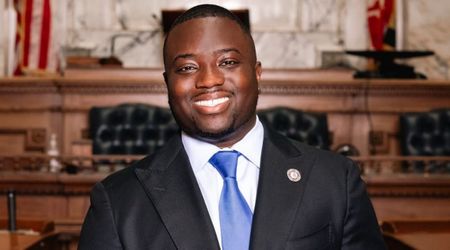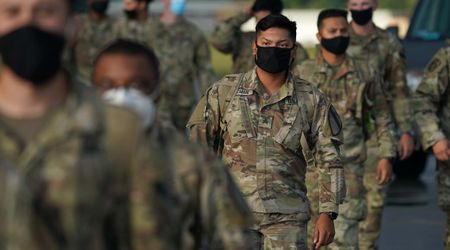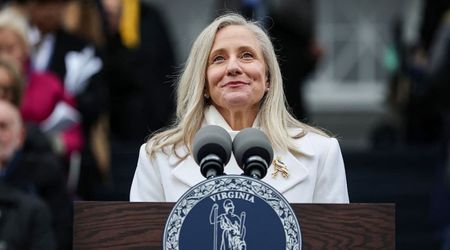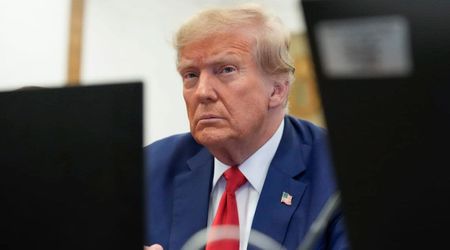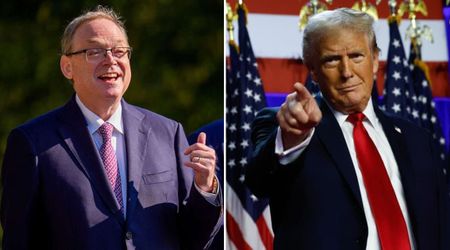Exploring Thomas Matthew Crooks' 'pathway to violence' leading to Donald Trump assassination attempt

BUTLER, PENNSYLVANIA: Thomas Matthew Crooks' attempt to assassinate former president Donald Trump has drawn a lot of attention to his mental state and actions leading up to the event.
Crooks' behavior and online activity suggest he might have been trying to self-diagnose a mental disorder, which potentially set him on a path to violence, as described by former FBI agent Michael McKeown.
Mental health struggles, online searches and preparations
In April, Crooks conducted online searches for major depressive disorder. Investigators found no evidence of a formal diagnosis, but these searches indicate Crooks might have recognized troubling thoughts or feelings within himself.
Michael McKeown, a former FBI terrorism task force supervisor, told WTAE, “One thing may be that he was trying to diagnose himself and could tell that he was having these thoughts or these feelings," adding, "And then, unfortunately, instead of getting mental health counseling, he took the other route of violence.
This pattern aligns with what the FBI identifies as the "pathway to violence," starting with expressing grievances.
Crooks’ search history revealed more disturbing details. He researched Oxford High School shooter Ethan Crumbley and his parents, prominent political figures like Trump and Biden, and other high-profile individuals.
Additionally, he frequently practiced target shooting at a local gun range with his father and visited the rally location a week before the event.
On the morning of the assassination attempt, Crooks returned to the rally grounds with a range finder, seemingly to test the authorities’ response.
McKeown explained that such actions are part of the research and preparation step in the pathway to violence. “They want to test that. Can they face law enforcement or an authority figure before they go on the attack? So they may do something small to test that and then see if it works out,” he noted.
Crooks’ actions, including scaling a nearby factory roof and aiming his father’s AR-15-style rifle from just 130 yards away, were indicative of this testing phase.
Possible motives and historical context
Authorities are still trying to determine Crooks’ motive for his actions. Some experts suggest that Crooks might have been experiencing a severe mental health crisis.
Dr Craig Hands, a clinical psychologist, told the Daily Mail, “I don’t know that he was depressed, but that may have contributed to his actions.”
“This depression creates isolation, there is kind of a burning ember kind of depression that’s associated with internal rage against oneself, and rage against the machine as it were. Rage against the world,” he explained.
Dr Rachel Toles, a licensed clinical psychologist, added that Crooks might have aimed to kill "the most visible" people in society to counteract his feelings of invisibility.
Meanwhile, medical researcher Professor Peter Gøtzsche suggested it was “quite possible that he was taking a depression drug, which we know increases the risk of homicide.” However, the link between depression and violent acts is inconsistent, as highlighted by a 2015 Oxford University study and more recent analyses.
Comparisons have been made between Crooks and John Hinckley Jr, who attempted to assassinate former president Ronald Reagan in 1981. Both lacked strong political ideologies and seemed driven by a desire for notoriety.
McKeown noted, "It wasn’t necessarily a political ideology. It was more of the notoriety that [Hinckley] wanted to gain for a famous actress. So it was a political figure that was shot, President Reagan, but the ideology wasn’t necessarily political."
Former classmates recalled Crooks as a “comically bad” shot who was cut from the rifle team. Despite being quiet and not displaying extreme political beliefs, his ultimate actions were deadly.
On July 13, Crooks fired several shots into the crowd at the Butler Farm Show grounds, moments before being shot dead by the Secret Service. His attack resulted in the injury of former President Donald Trump, who was grazed on the right ear, and the death of one rallygoer, with two others critically wounded, the New York Post reported.




